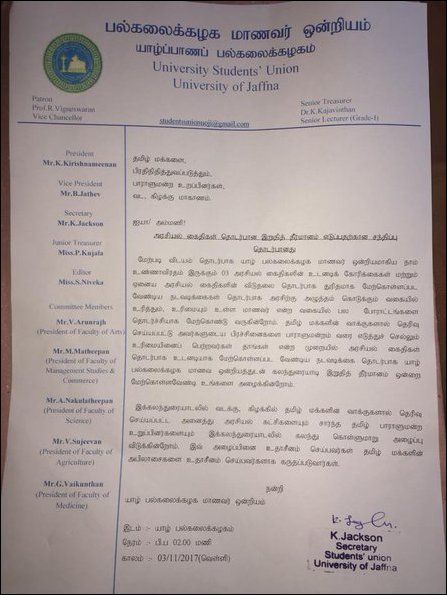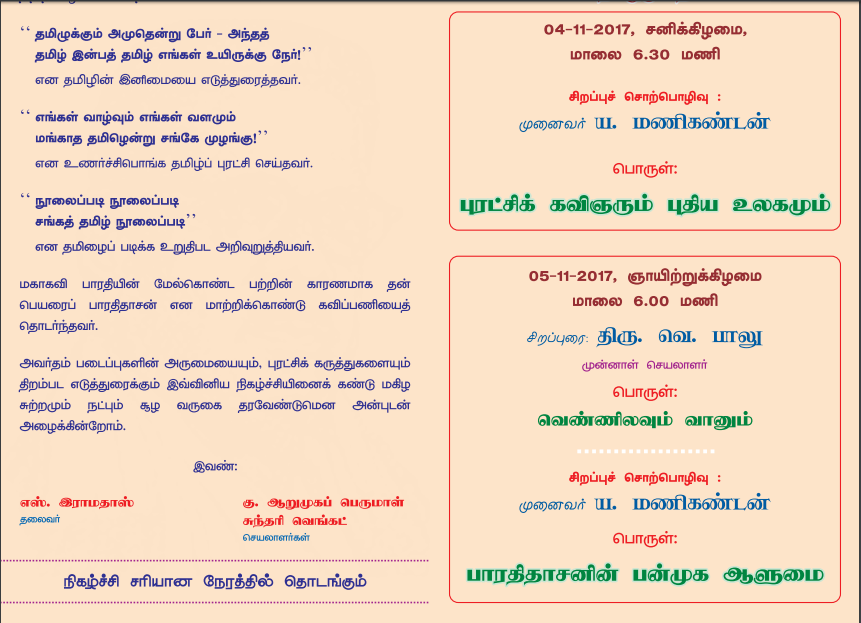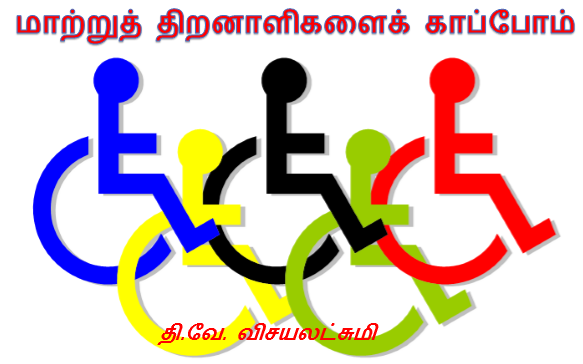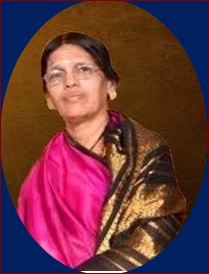Colombo fails to arrest STF commandos who shot and killed Tamil youth in Jaffna
A five-member squad of the so-called Special Task Force is believed to be behind the highhanded crime of firing at two unarmed Tamil fishermen and causing death to one of them in Ariyaalai East, a suburb of Jaffna city on 22 October. Despite the discovery of a handgun and vehicles suspected to be used by the killers from a STF camp in the same area, none of the STF commandos have been detained or arrested by the SL Police investigators conducting preliminary investigations so far. The STF, organised under the SL Police department, as a full-fledged military force, which is being operated by the intelligence wing of the occupying Sinhala military in North. Colombo has been replacing key officers of the SL Police in North with former STF commandos who have been promoted to higher ranks.
SL Policemen are complicit in similar firing incidents reported in recent times in Jaffna.
Two Tamil students of the Art Faculty of the University of Jaffna were cold-bloodedly gunned down by Sinhala ‘policemen’ at Kokkuvil, Jaffna, in October 2016. Police said the students were shot as they failed to stop at a police barricade. In July this year, SL policemen shot and killed a daily wage worker from Thunnaalai, Vadamaraadchi while he was in a vehicle that was transporting illegally scooped sand.
These brutal acts have exposed the tendency prevailing among the SL policemen/STF personnel rushing ahead with firing to kill unarmed Tamils without hesitation. This is in sharp contrast to their conduct in the Sinhala South, legal activists in Jaffna said.
A handgun allegedly used by the gunmen, a motorbike and a three-wheeler used by the five-member STF squad have been recovered from a STF camp at Pa'n'nai, not far from the site of the crime on 31 October.
Two gunmen who came in a motorbike were in civil clothes according to the survivor.
The police investigation team that has arrived from Colombo to carry out preliminary investigations has been working on a theory that the youth were either involved in narcotic trafficking or they were in possession of crucial information.
The investigators are under pressure from Sinhala political quarters in Colombo as well as the STF command in Jaffna to conceal their findings.
There has been a systematic increase of appointments/transfers of STF personnel to command positions in the North-East replacing SL Police officers. This trend has been observed under the regime of SL President Maithiripala Sirisena and SL Prime Minister Ranil Wickramasinghe. A conflict is also raging between the STF circles and the SL Police investigators on this regard, the sources further revealed.
A section of STF commandos who had taken part in the war for more than 8 years of active service were promoted as Sub-Inspectors and those who had 18 years of military background were accorded with Inspector rank. After the regime change, several of these STF-turned police officers have been posted as Officers-in-Charge at several police stations in the North.
The STF, formed during the times of late SL President J.R. Jayawardene was trained by the British. It functions as an extended arm of the SL military receiving instructions from the SL Defence Ministry in Colombo. The STF was directly engaged in brutal acts of genocide in the East as well as in Vanni during the war. The massacre five Tamil students in Trincomalee in 2006 is a well-documented case involving direct complicity of SL Defence Department in the crime.
After the genocidal onslaught in May 2009, Colombo has been stepping up the deployment of the notorious STF commandos in all the districts in the Northern and Eastern provinces. There are currently more than 8,000 STF personnel attached to 69 camps, most of them situated in the occupied country of Eezham Tamils in the North and East of the island.
Related Articles:
Chronology:





